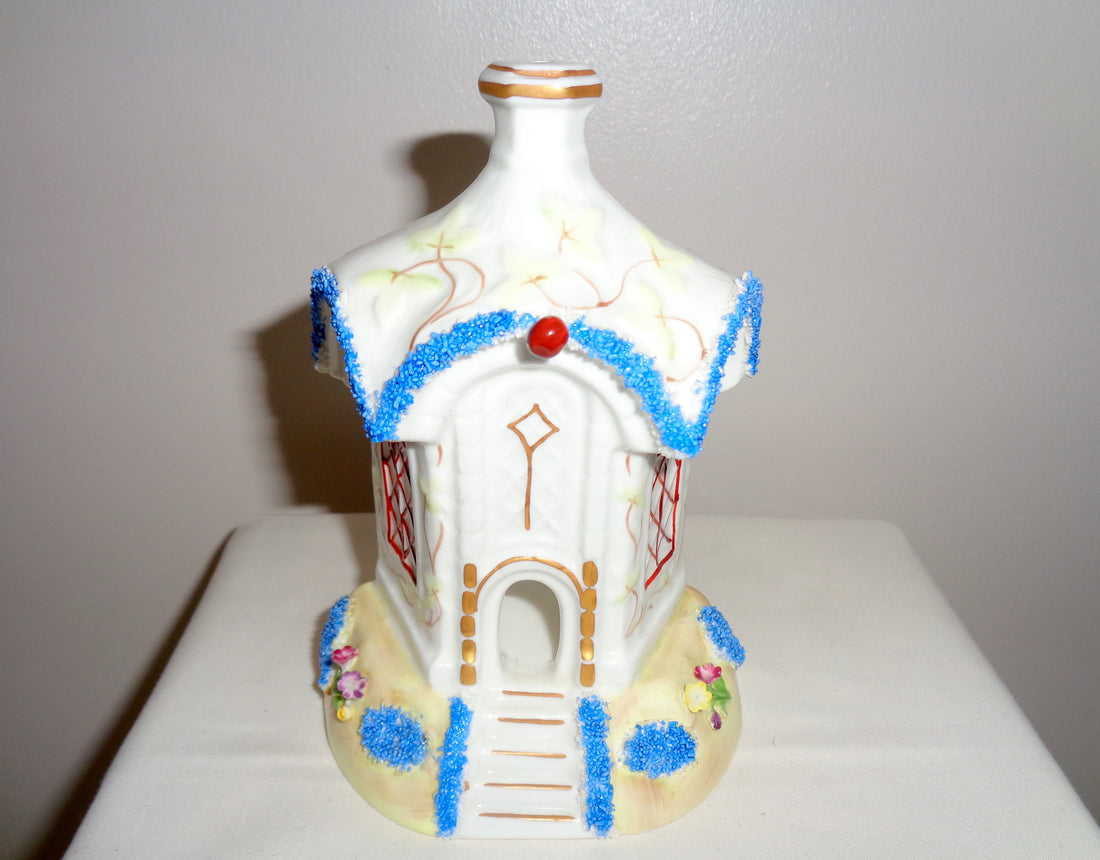
Pastille Burners: The Original Room Deodoriser!
The use of Pastille Burners actually dates back to the time of Elizabeth I, where they were used in wealthy households to help deodorise the very foul smelling air. During Elizabethan times, the pastille burners were practical silver objects with holes in which held a pastille: a small lozenge made of saltpetre or gum arabic and essences usually made by the house servants. When lit, the heat wafted the perfume into the air and helped counteract some of the smell!
18th Century
By the eighteenth century, the pastille burners were made of metals, bronze, china and porcelain. Their designs were very ornate to accompany the wonderful china on a lavish dining table or sideboard. Often comprising a stylish stemmed bowl, with holes in the lid to allow the vapours to escape. The china versions were made by many of the leading china and porcelain manufacturers of the day including, Minton, Sèvres, Wedgwood and Derby. These rarely come up for sale and, when they do, you need to have a few thousand pound to spare for one in good condition. They are mainly found in museums!



Regency period Ormolu & Bronze Pastille Burner
19th Century
In the nineteenth century, the designs became slightly more affordable. A trend started with the pastille burner produced as miniature houses, cottages, churches of historical buildings that were well known at the time. The vapours from the pastille rose through the chimney and out through the windows on these miniature buildings. Providing a gentle glow as well as a lovely perfume, they must have looked lovely in a candlelit room. They also had a secondary purpose, as many Victorians believed that miasmas carried disease and that pastilles helped protect the household.

The value of these miniature antique pastille burners continues to increase, costing approximately £200-£400. Finding a china one in good condition is also not easy: the ornate design made them easy to break!
20th Century
The use of pastilles died out by the mid-20th century but the display and use of pastille burners, incense burners, perfume sticks, and potpourri remained popular. With many china manufacturers continuing to produce them, the burners became quite collectible. My particular favourite pastille burners are those produced by Coalport in the 1950s. These are images of some of my own particular collection. The floral decoration is very delicate and, as with their Victorian counterparts, rarely survives intact!
Two of them are 1990s Coalport reproductions, and are not true pastille burners, as there is no hole in the roof, chimney or window for the incense to escape, and they are the Georgian mansion and Orange Blossom Cottage. Neither have quite captured the charm of the Victorian and Mid-20th Century pastille burners but the Georgian House isn’t a bad facsimile!





1990s Orange Blossom Cottage
Today, the popularity of ornate china pastille burners has declined, which is a real shame as people are still interested in fragrancing their rooms. I still use pastille burners, they are really useful for burning fragrance sticks and look much prettier than a long piece of wood or a plain glass bowl. You can also fit a tea light into some of the larger pastille burners.
So here is my plea, let’s bring back our love of these beautiful objects. Every home should have one; after all they were the original room deodoriser!
Please click on the following link for blogs about vintage/antique pottery.

